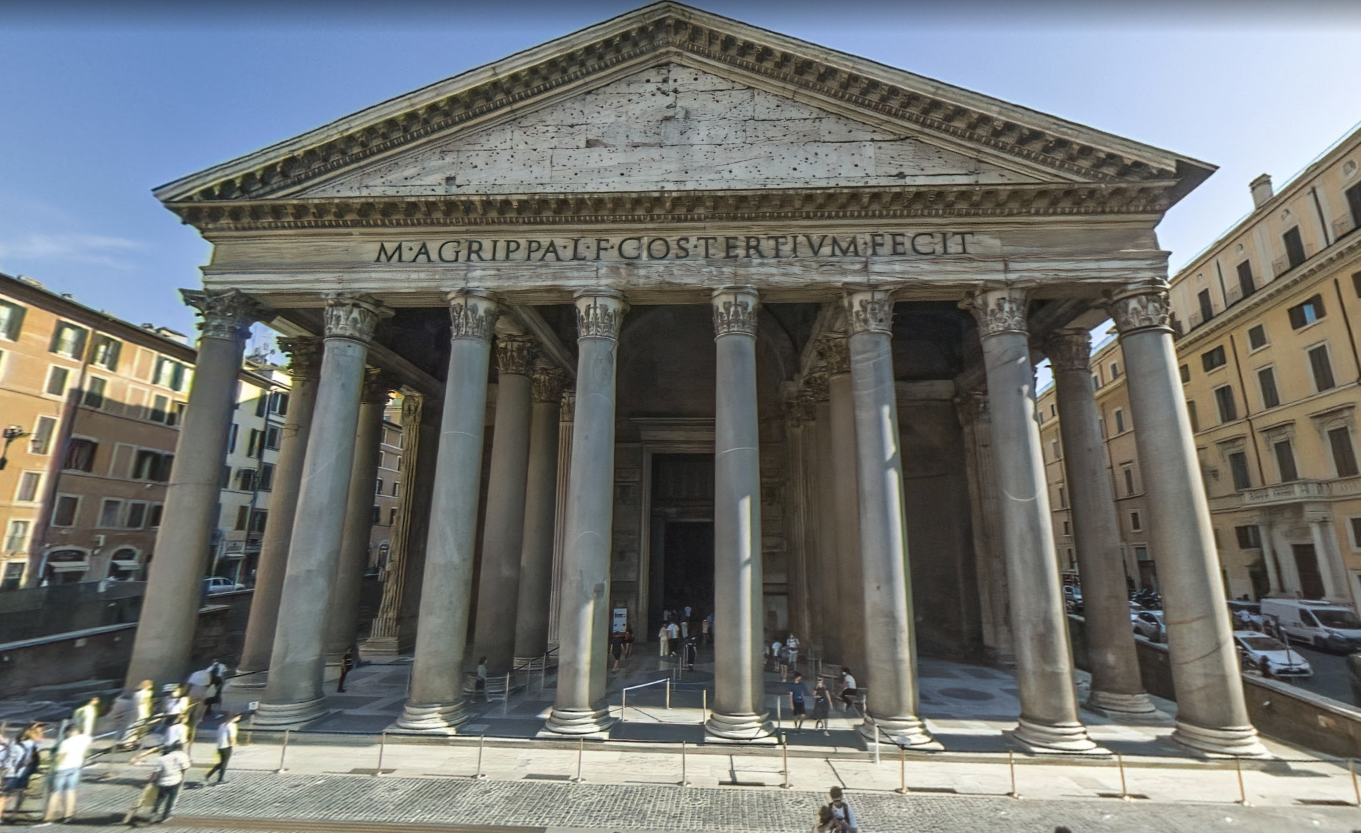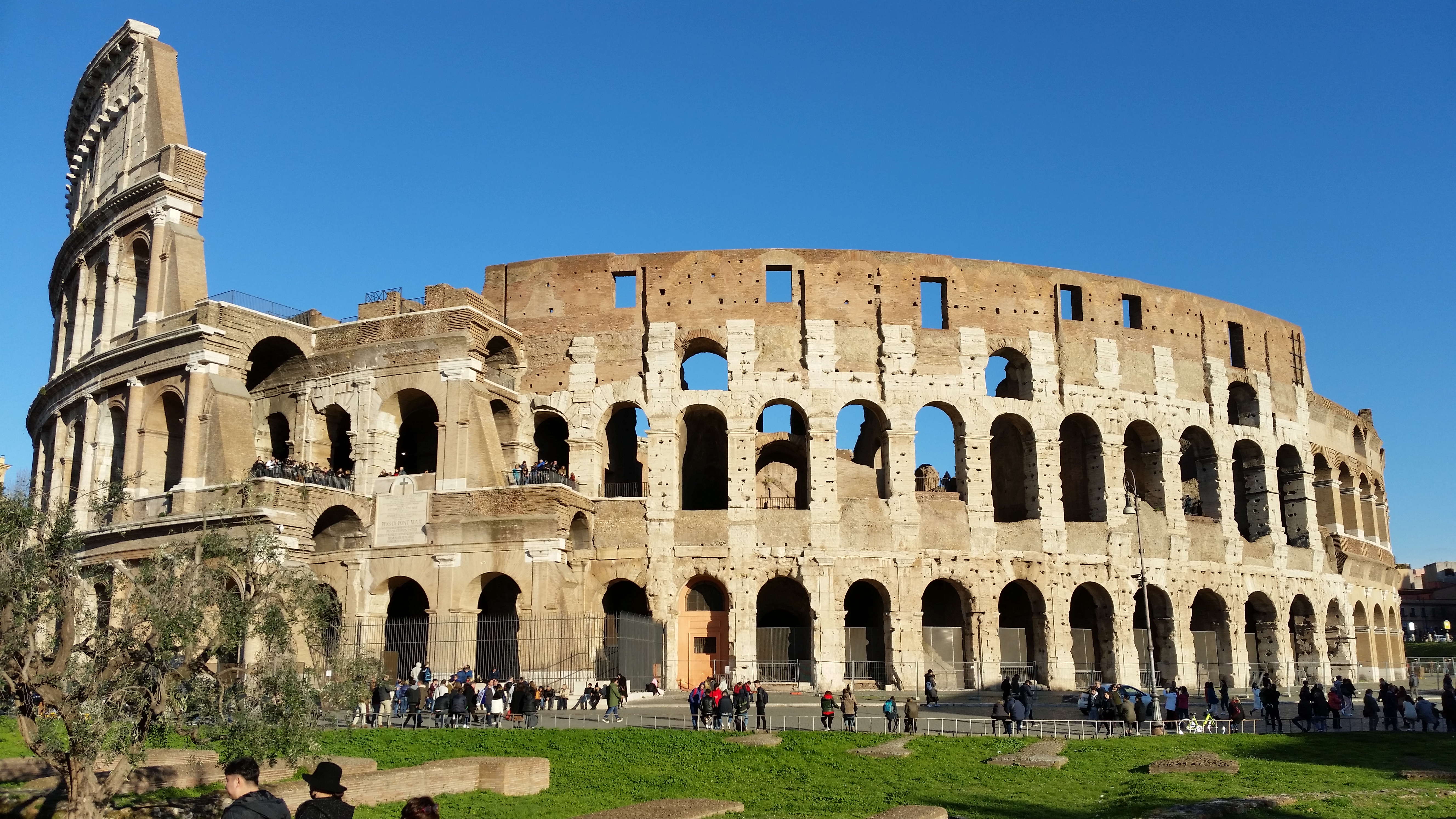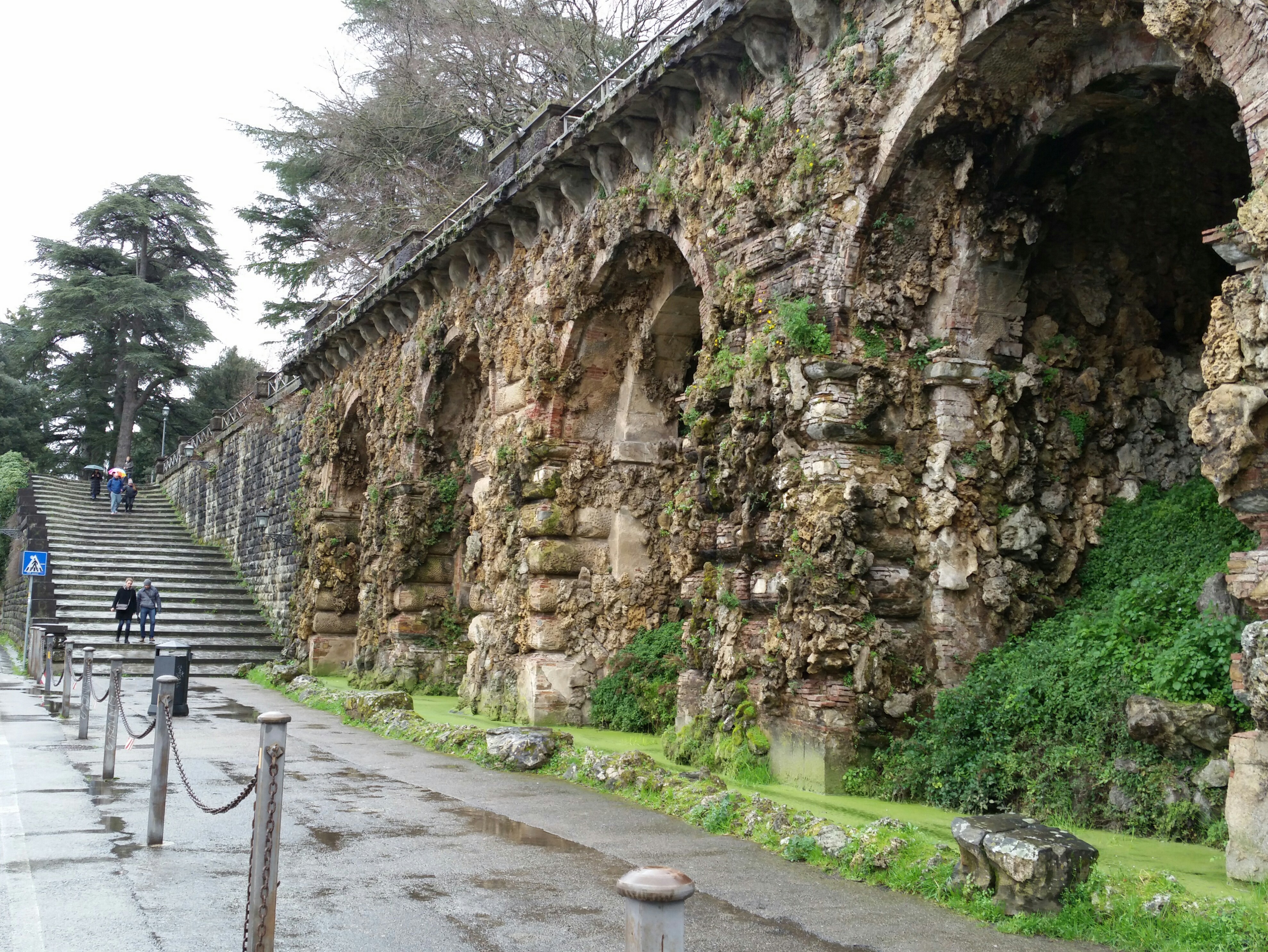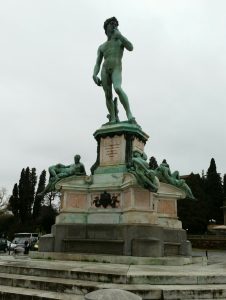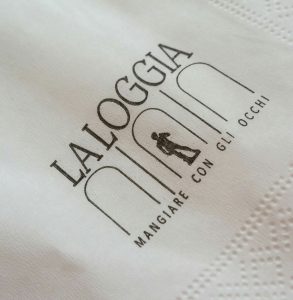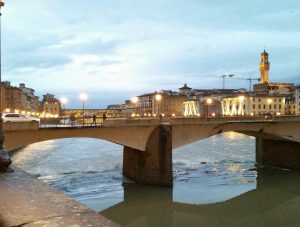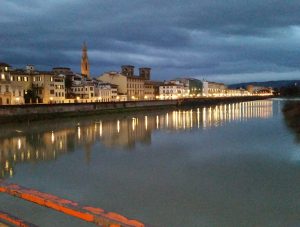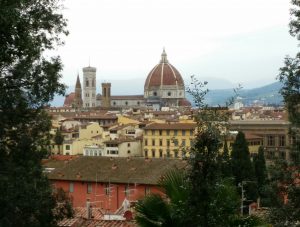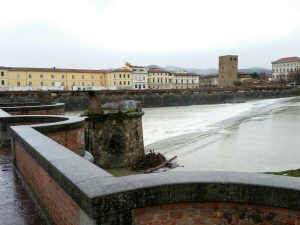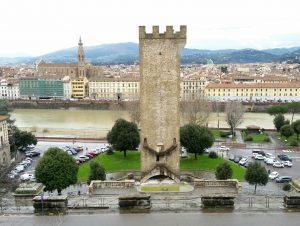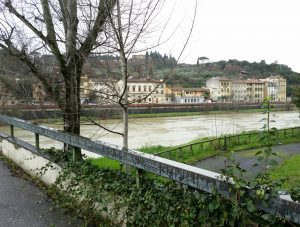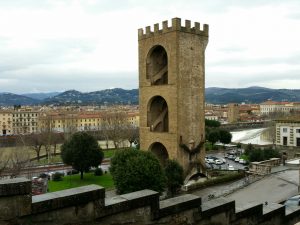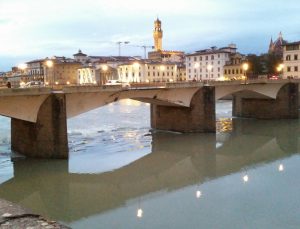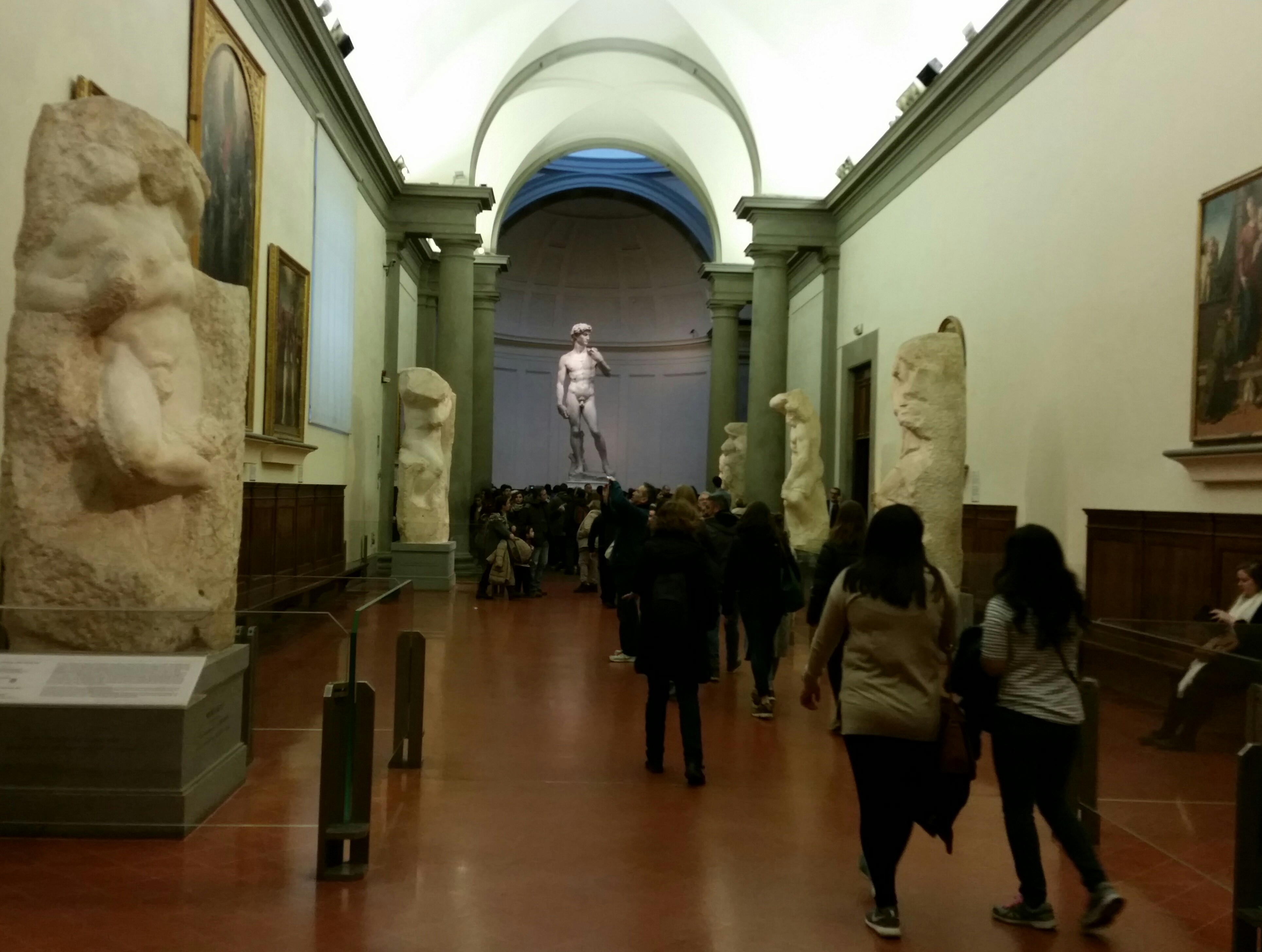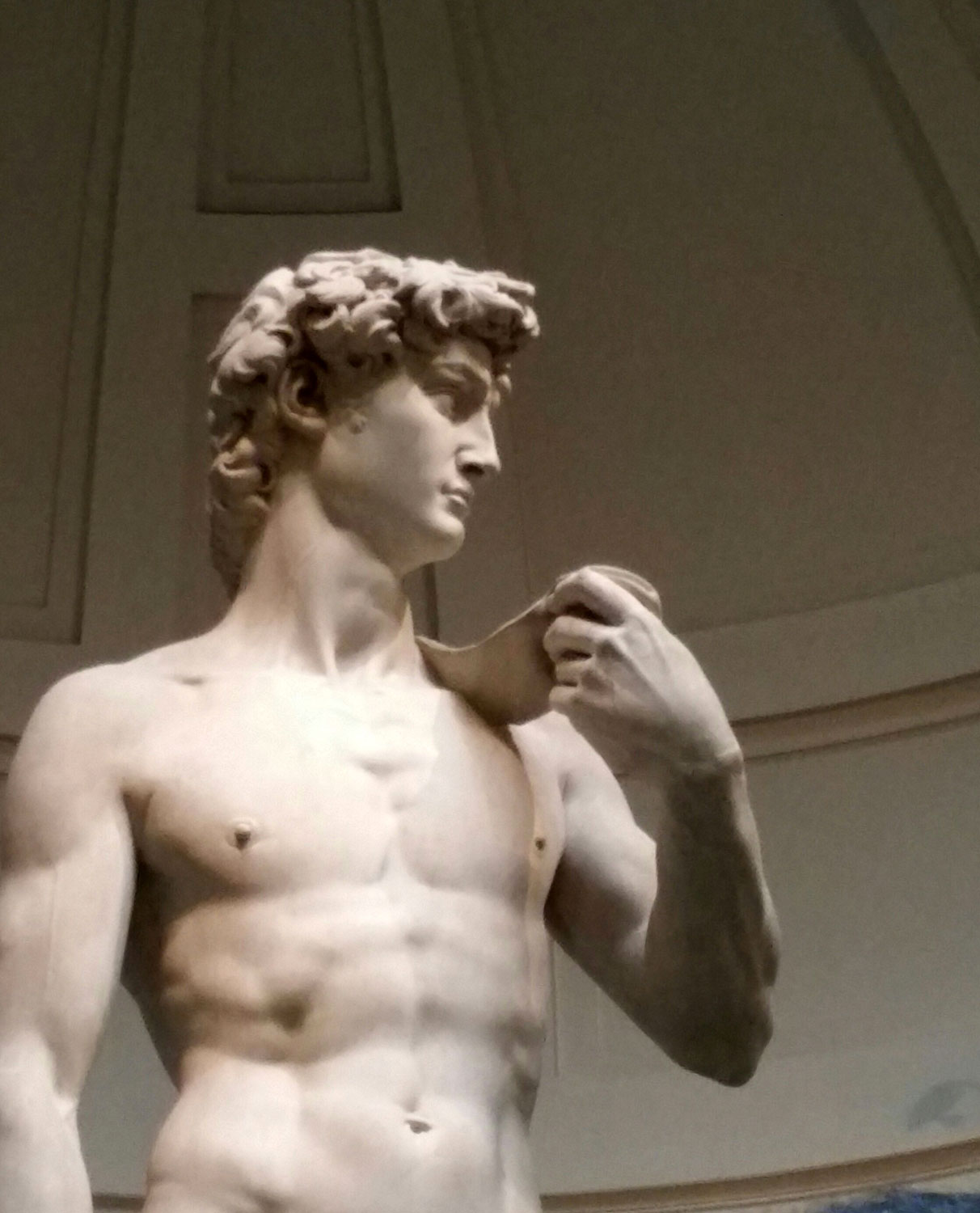Yesterday included a smooth rainy bus ride from Cordoba to Granada. Then with a time mix up and waiting in the rain for an hour to get into out airBnB. We ventured out to get food. After a long walk in the rain we found the Grocery store closed! More search for groceries led us to meet a local who invited us to their families nightclub with very good drinks… thus to dancing and a good end of a very wet day. Which brings us to today, our first full day in Granada. Tried we finally found a store and got food in the morning … and then ventured off to explore the following 2 places:
- House of Zafra – Calle Portería Concepción, 8, 18010 Granada
Free of charge. Nasrid palace built at the end of the XIV century. The Catholic monarchs ceded it to their secretary Hernando de Zafra. At his death it became part of the foundation of the convent of Santa Catalina de Zafra. The convent conserved the palace between 1527 and 1946, year in which it passed to public ownership. Noteworthy are the decorative elements, especially the plasterwork, the carpentries and the remains of mural painting. - José Guerrero Center – Calle Oficios, 8, 18001 Granada
Free of charge. This is home to some of the Granada-born artist’s best works and organizes cultural activities as well.

